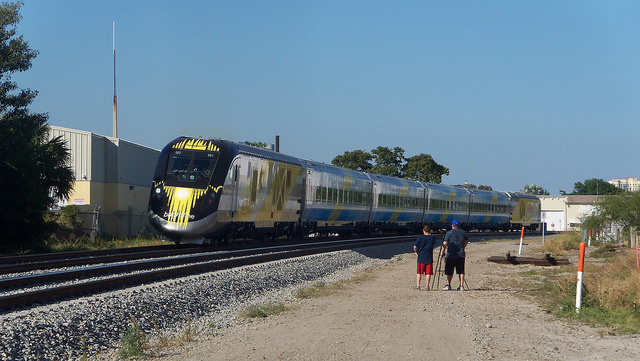Washington Metro officials pretended to be shocked when a Red Line train derailed due to a broken rail on Monday. In fact, the break should not and probably didn’t surprise any of them.
“It’s like, God, didn’t we do all of the fixing, the bad areas, SafeTrack?” rambled Metro’s board chair, Jack Evans. “All that stuff was intended to prevent stuff like this from happening.” Actually, Evans knows perfectly well that the SafeTrack work was superficial and the system still needs $15 billion to $25 billion of maintenance and rehabilitation work.
“This rail was manufactured in 1993, which may sound old but actually rail can last 40, 50 years,” said Metro general manager Paul Wiedefeld, “so it’s not particularly old in the railroad business.” Actually, it is. Continue reading








